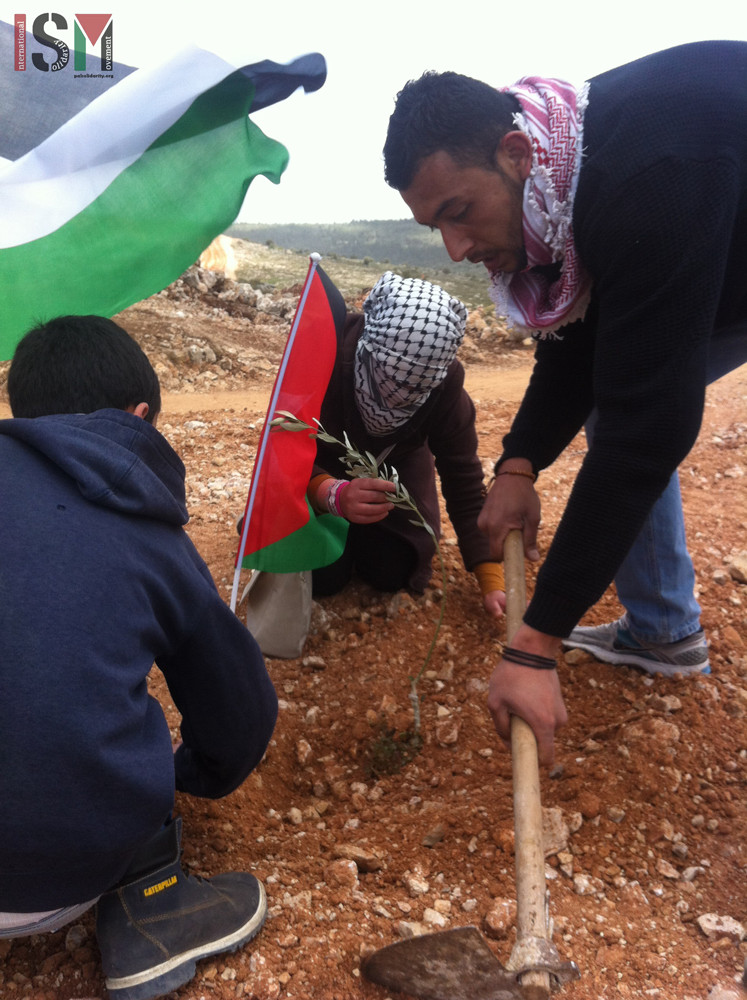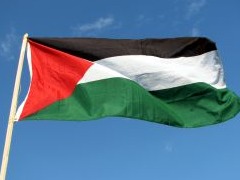Tag: Border Police
-
Big turn out and high spirits at Wadi Fukin Land Day olive tree planting and protest
31th March 2015 | International Solidarity Movement, al Khalil Team | Wadi Fukin, Occupied Palestine On Monday March 30th about two hundred people commemorated Land Day in the village of Wadi Fukin. The protest, which involved planting olive trees was a response to Israeli theft of village land. After midday prayer around two hundred Palestinians and internationals…
-
Palestinian judge assassinated by Israeli soldiers at Allenby bridge border
13th March 2014 | International Solidarity Movement, Nablus Team | Nablus, Occupied Palestine On Monday March 10, Raed Zeiter, a 38 years-old judge originally from Nablus, was assassinated by the Israeli forces at the Allenby Bridge Border. The man, who has been working in Amman since 2011, was going out of the bus to pass the…
-
International activists physically and verbally abused in detention
15th January 2014 | International Solidarity Movement | Occupied Palestine On Wednesday 8th January, Vincent Mainville and Fabio Theodule were arrested by Israeli border police in Khalil (Hebron). The two actvists were handcuffed and taken to Jaabara police station where they were forced to kneel on the concrete floor for approximately 30 minutes. Fabio was blindfolded…



